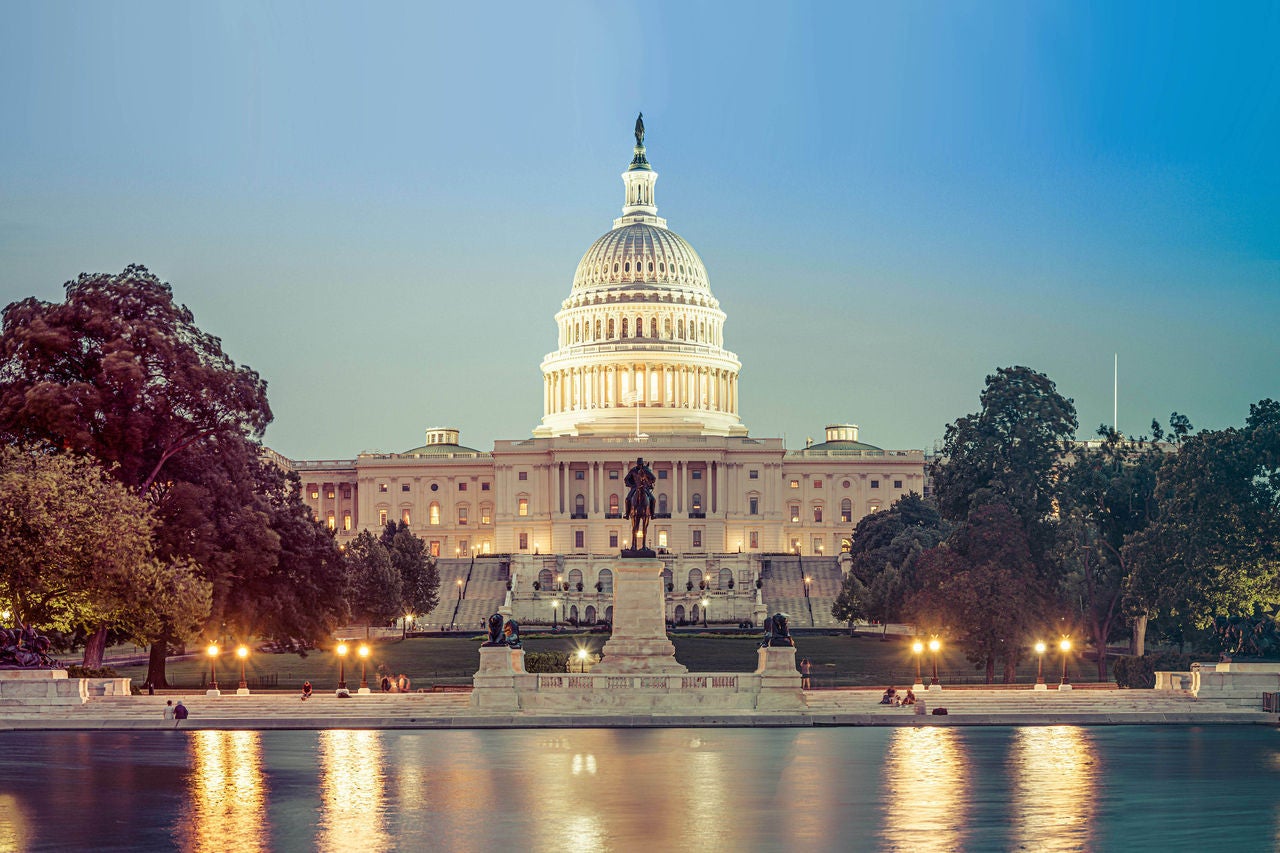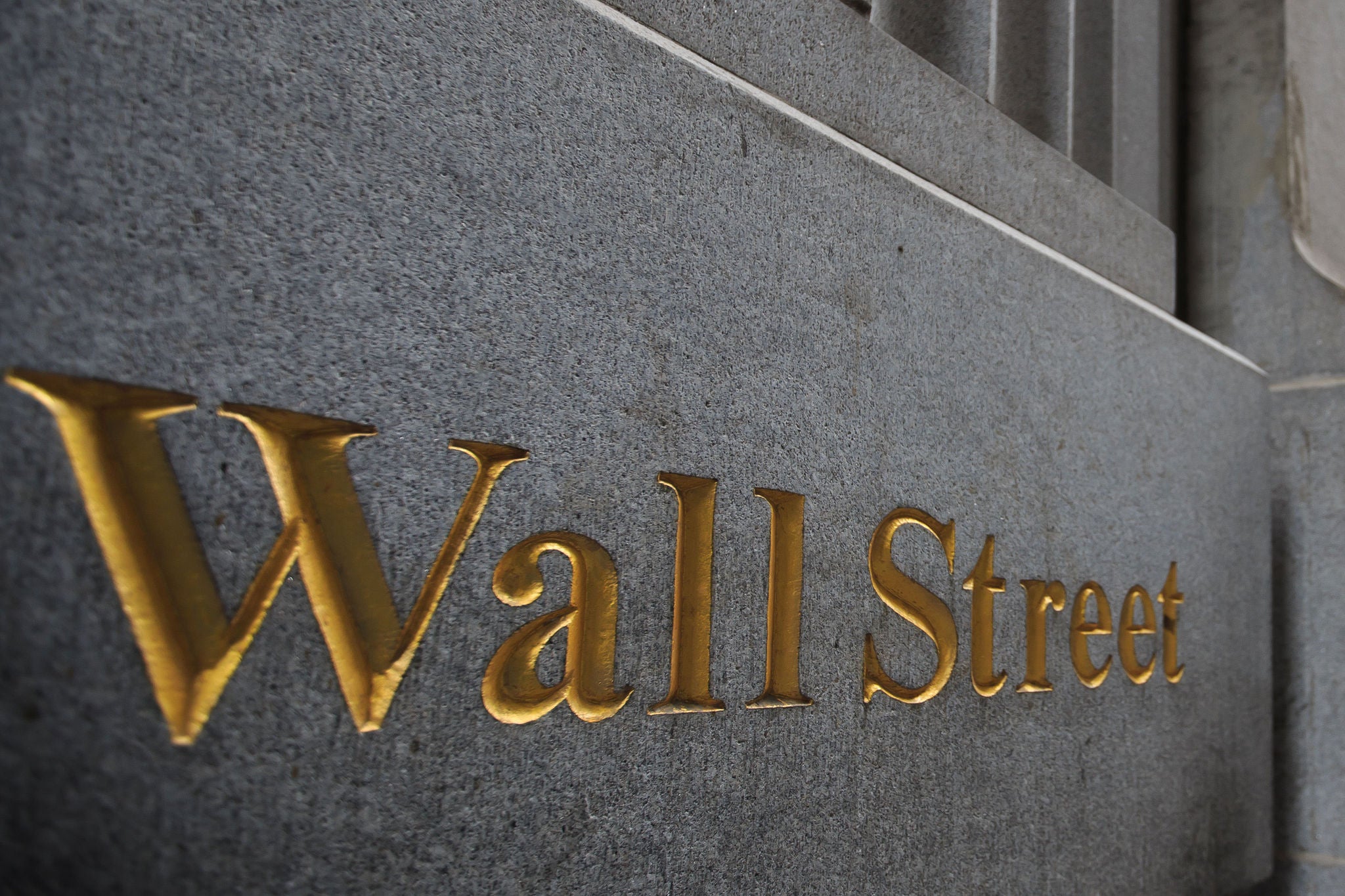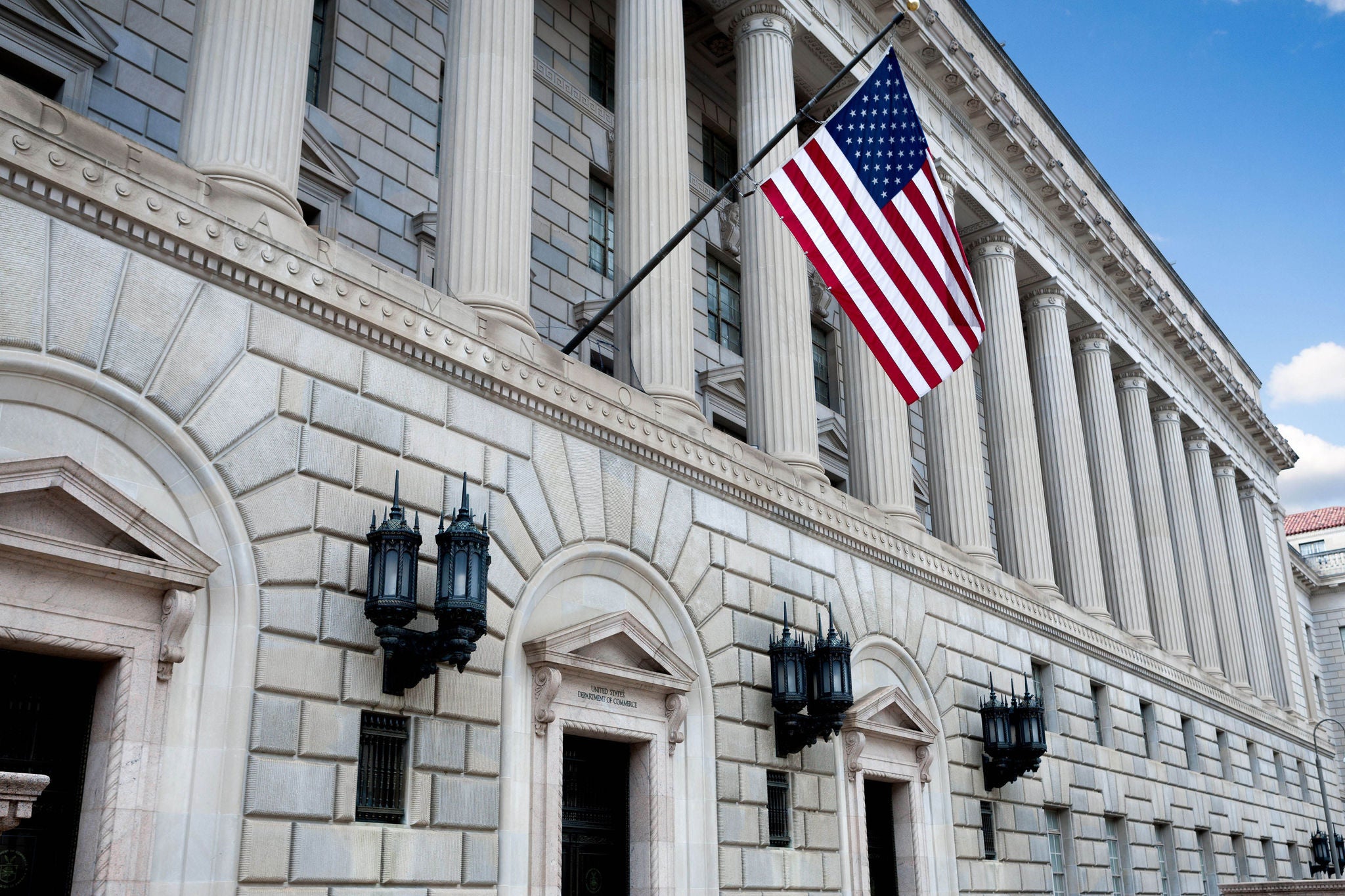EY refers to the global organization, and may refer to one or more, of the member firms of Ernst & Young Global Limited, each of which is a separate legal entity. Ernst & Young Global Limited, a UK company limited by guarantee, does not provide services to clients.
Audit quality
EY is committed to serving the public interest by performing high-quality audits that promote trust and confidence in the capital markets.
SOX granted responsibility for setting public company auditor independence rules to the PCAOB, augmenting the existing authority of the U.S. Securities and Exchange Commission (SEC).¹ It also codified into federal law further limits on the types of non-audit services that audit firms can provide to the public companies they are auditing. SOX also made independent audit committees,² rather than company executives, responsible for the appointment, compensation and oversight of the auditor.
Another way that SOX helps protect auditor independence and objectivity is by requiring the mandatory rotation of certain key partners involved in audits every five years. This is intended to limit overfamiliarity with a company and management. Prior to the enactment of SOX, professional standards required the lead engagement partner to rotate every seven years.









